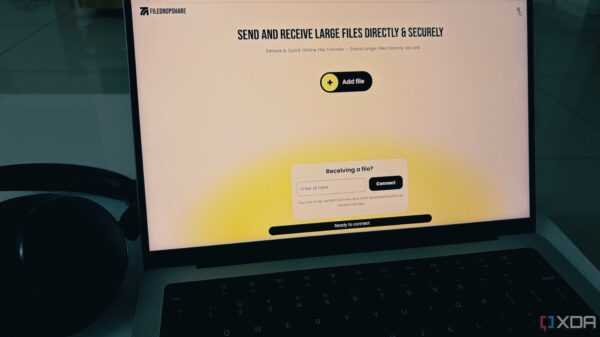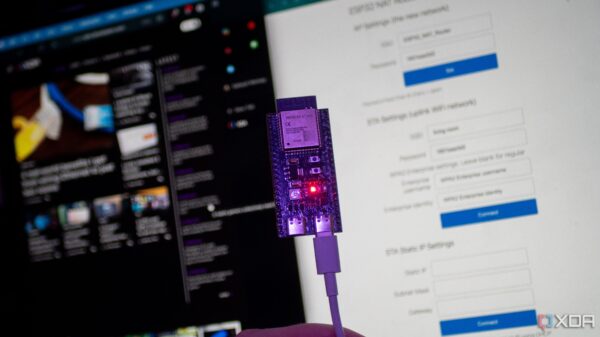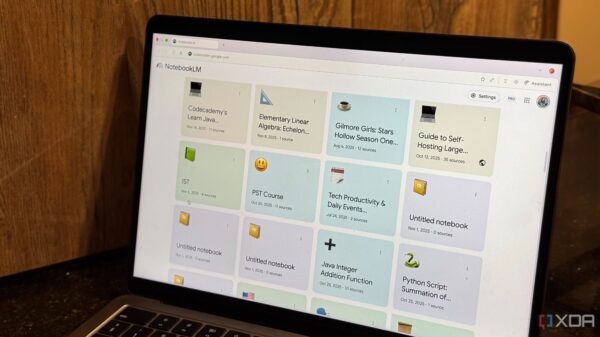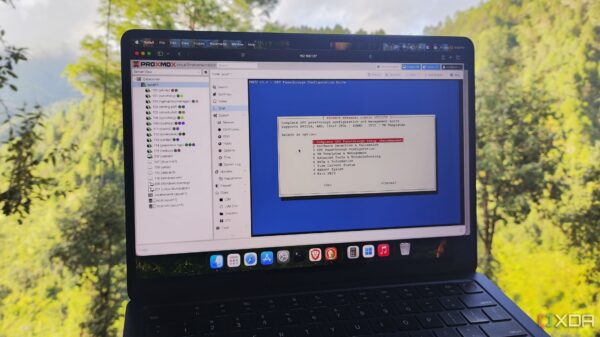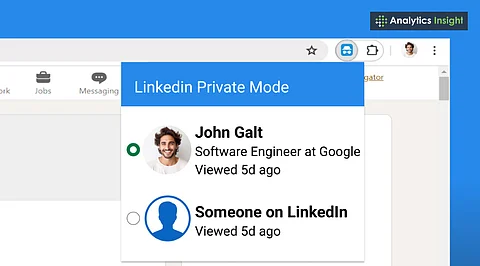LinkedIn has introduced a feature known as **Private Mode**, which allows users to view profiles without revealing their identity or job details. This setting is particularly beneficial for professionals conducting research on competitors or recruiters, providing a layer of privacy when navigating the platform.
For many, LinkedIn serves as the primary networking tool for career development. However, there are occasions when users may prefer to browse profiles discreetly. **Private Mode** enables this, allowing individuals to explore connections without disclosing their activity. In this article, we will discuss how Private Mode functions, its significance, and the scenarios in which it is most useful.
Understanding Private Mode on LinkedIn
When Private Mode is activated, users can view profiles without the individual being notified. Generally, LinkedIn informs users of profile visits, displaying the visitor’s name and job title. With Private Mode enabled, the visited profile will only show that an “**Anonymous LinkedIn Member**” has viewed it.
Activating Private Mode is straightforward. Users can follow these steps:
1. Navigate to the LinkedIn homepage.
2. Click on the profile picture at the top right corner.
3. Select **Settings & Privacy**.
4. Go to Visibility and then **Profile viewing options**.
5. Choose **Private Mode**.
Once activated, all profile visits will appear as anonymous, and users can switch back to normal mode whenever they choose.
Why Use Private Mode?
There are several compelling reasons to utilize LinkedIn’s Private Mode. For instance, recruiters often review numerous profiles to identify potential candidates. By browsing in Private Mode, they can assess profiles without drawing attention to their activity. Similarly, job seekers may want to discreetly check out hiring managers or company representatives without alerting them.
Another key use of Private Mode is for competitive analysis. Professionals might examine the profiles of industry rivals without being detected. Privacy is a significant concern for many users, and this feature allows individuals to explore the platform without sharing their intentions.
While Private Mode offers substantial advantages, it is important to consider its limitations. For example, users who activate Private Mode cannot see who has viewed their own profile. Although premium users receive some insights regarding profile views, anonymity remains intact, posing a challenge for networking. If profile visits go unnoticed, potential connections might not reach out.
Private Mode is particularly beneficial for specific scenarios. For example, job seekers can research companies and individuals discreetly, allowing them to prepare effectively for interviews. It is also useful for recruiters scanning large numbers of profiles, as they can do so without disrupting the browsing experience of others.
In contrast, if individuals are looking to expand their professional network, being visible may yield better results. When users are identifiable, others may be more inclined to connect, thus enhancing networking opportunities.
Ultimately, LinkedIn’s Private Mode offers users greater control over their online presence. It enables anonymous browsing while balancing the need for visibility in networking. The choice between maintaining privacy or fostering connections lies with the user, and the ability to switch between modes provides flexibility.
In summary, LinkedIn’s Private Mode serves as an essential tool for professionals seeking privacy in their online interactions. By understanding its functionalities and benefits, users can make informed decisions about managing their digital footprint.




